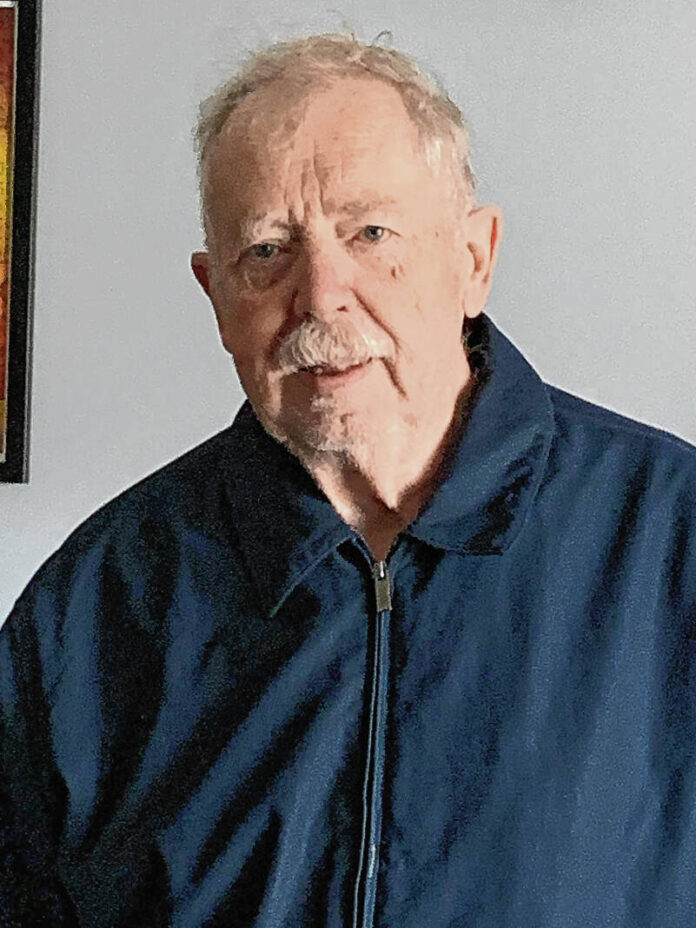Editor’s note: We asked our former publishers and editors still living in the Columbus area to share some of their favorite memories or a perspective of how The Republic especially impacted the community during their tenure of leadership.
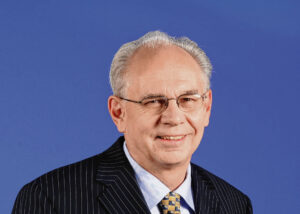 Tom Jekel
Tom Jekel
Tom Jekel, editor, 2012-2018:
“As media-consumption habits continued to evolve in the mid-2010s, the Republic responded in ways that may have initially seemed at odds with each other. On one hand, it embraced a digital-first approach to coverage. The staff began publishing developing news first online in short bursts as it was happening, with full stories in the next print edition. But there was also an immense appetite from Columbus area readers for in-depth coverage of emerging social issues that would require a strong commitment to gather and understand trends, then explain them.
Republic reporters and editors invested significant amounts of time starting in 2017, for example, examining an opioid drug addiction epidemic that was claiming local victims at alarming and disturbing rates. The staff’s in-depth, 2018 multi-part series, “Addicted &Dying,” not only provided context by charting the climbing drug-death statistics, but spent weeks and months tracking down and interviewing adults whose addictive behavior had cost the lives of loved ones, including their own children. Readers took notice of this commitment and growing expertise, and so did the Hoosier State Press Association, which named The Republic the best newspaper of its size five straight years from 2014 to 2018. It took The Republic 47 years to claim its first General Excellence award in the HSPA’s Better Newspaper Contest, but today such industry recognition is commonplace – to the tremendous benefit of Columbus area readers.”
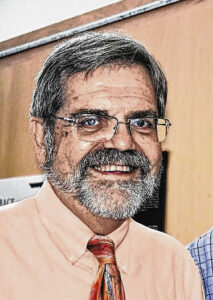 Gustin
Gustin
Bob Gustin, editor, 1998-2011:
“The relationship that The Republic had with its readers for the weeks and months that followed the June 2008 flood was unlike any I’ve experienced in more than 40 years as a newspaperman. There was a commonality of purpose, a sense of togetherness. The chance to do meaningful work that directly helps your readers is the soul of community journalism.”
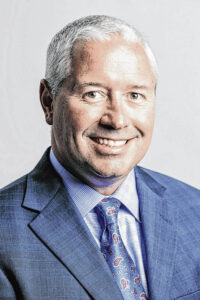 Chuck Wells
Chuck Wells
Chuck Wells, publisher, 2007-2018:
In my time at The Republic, one event stands out from the rest: the flood of 2008. Heavy rains blanketed Central Indiana and the tributaries in the north caused Haw Creek and the East Fork of the White River to reach historic levels. Within hours, the entire town was flooded, including the hospital and thousands of other commercial and residential properties. Power went out throughout town and somehow, we still had power. While much of our staff was cut off from the building, some key employees were there that day working on stories and editing copy. They immediately changed gears and started telling this story in a historic way. The newsroom worked through the night to get the next day’s paper done and they updated the website throughout the night. The production team was able to print the product and the circulation department worked throughout the next day to get that paper in the hands of our readers. In the ensuing days and months, we never took our eye off of the ball. We became the “go to” place for news and information on the flood, both in print and online. We helped this community manage our way through this tragic event and we showed why the newspaper was the glue holding our community together. We also had the benefit of being owned by a very generous family who gave us the resources to own this event. They never batted an eye on newsroom and page count costs, while at the same time, advertising revenue tanked as a result of all of the businesses impacted by the flood. I’ve never been so proud to be a part of something like that.
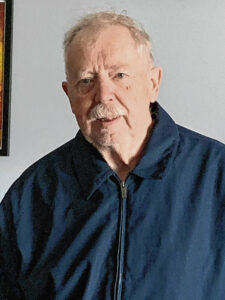 John Harmon
John Harmon
John Harmon, editor, 1990-2008:
“We’ve obviously always have been pretty heavy on education coverage. Without the newspaper, people without kids in the school corporation might not have been aware of a lot of the fantastic things that teachers, coaches, administrators and others were doing, and those kind of things could just slide by.”
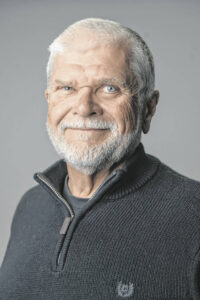 Bud Herron
Bud Herron
Bud Herron, publisher, 1998-2007:
My first newspaper job was as a newsroom intern, for what was then The Evening Republican, in the summer of 1963. I learned the basics of how to be a reporter that summer, but the most important lessons were about journalistic ethics. Over the years I would work for three other newspapers and a national magazine, but I never worked for any publishing company where fair and honest news coverage was valued more.
My first editor-in-chief, Robert J. Marshall, told me that first summer that my employer was the reader, not the company that published the newspaper. My job was to give those readers the facts as objectively as I could. Never was I asked to slant a story to please an advertiser, a public officials or even one of the newspaper’s owners. Never was one of my stories withheld from publication or changed for political reasons.
The Republic remains that same outstanding newspaper today — working for the reader, just as I was told to do in 1964. Every day I read it with the same feeling of journalistic pride I felt as an intern.
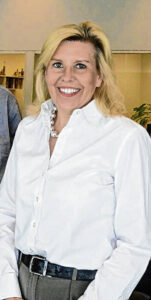 Syse
Syse
Scarlett Syse, group editor, 2012-2018:
Columbus, during my tenure at The Republic, our job was all about you. When we asked tough questions, when we spoke truth to power and when we took bold stands on community issues, it was you we thought of — the single mom or dad trying the best they could to raise their children, the elderly couple struggling with mounting bills and the local business owner overwhelmed by taxes and government bureaucracy.
Our job was to empower you, to give you a voice.
That mindset — that government and the community belong to you the people — led to ground-breaking and hard-hitting stories that day after day brought to light actions by officials they might rather have kept secret. Every day, we were going to some government meeting or digging through documents to hold public officials accountable, asking them how they are spending your tax dollars, how your child is being educated or how come the road in front of your house has potholes.
But the heart of any community is you. It’s the story of people, their hopes, dreams, tragedies and fears, that breathes life into a community. So we expanded our coverage to tell your stories — both serious and fun — and what mattered to you.
That resulted in more coverage about communities of faith, festivals, fundraisers, neighborhoods, arts, culture, architecture and still other stories that introduced you to new neighbors, new businesses and new ideas about paths forward for Columbus. We wrote about difficult social issues that, in the past, few wanted to talk about — the opioid crisis, racism, poverty, affordable housing and crime — in ways that not only exposed them but searched for solutions.
We made great strides to deliver news in new ways — to your computer, to your smartphone and to your Facebook and Twitter feeds.
But behind the technology, it always came back to the basics of good, solid news gathering and reporting, of verification, of context, and of serving you, our readers.
Who else is going to ask the mayor and commissioners how they are spending tax money? Who else is going to make sure officials are doing the public’s business in public? Who else will eloquently write about the community’s tragedies and celebrate its triumphs and have fun too? Who else is going to check it all out and separate out what’s right and what’s not?
That is our legacy for you, our readers and our community.

